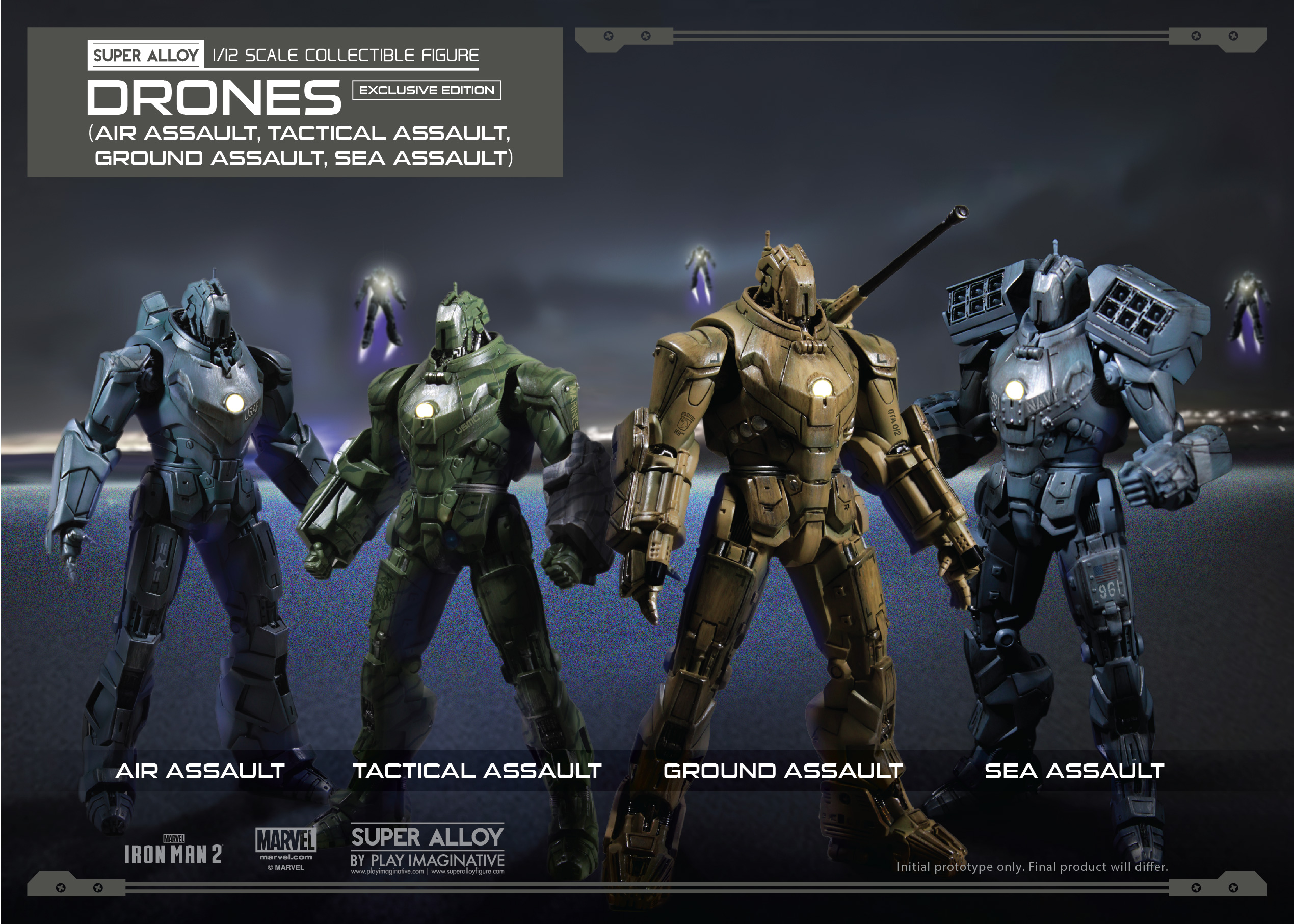Ayden Cater
Grumpy Goat

Image Credit: Here
Intent: To create a series of droids for military deployment and security
Development Thread: N/A
Manufacturer: Corellian Arms (Droid) Blas-Tech Industries (Armament), Hekler'Kok Defense Industries (Armament)
Model: HBD-300
Affiliation: Omega Protectorate / Private Military Interests
Modularity: No
Production:
- Mk I: Mass Production
- Mk II: Mass Production
- Mk III: Minor Production
- Mk. IV: Minor Production
Description: While life in the galaxy has returned to relative normalcy, overall population levels have yet to return to their pre-Gulag levels. This leaves military and private military interests in a conundrum. Starships and defense stations have consistently been shown to require sentient crew for maximum effectiveness, but boots on the planet are needed to maintain security and territory. As well, basic grunts are needed aboard starships and stations to maintain security.
In light of all this, and after a series of performance reviews, Corellian Arms made a decision to create a first generation series of battle droids. After numerous experiments and failures, the HBD-300 series was pushed into production. While the base droids were produced by Corellian Arms, it was decided that higher quality weapons could be purchased outside the company. To that end, contracts were created with Blas-Tech and HDI for the weapons.
The Mk I was designed to be the basic grunt droid. Employing proven industrial targeting and tactical algorithms, the Mk I achieves basic functionality. Armed with a simple laser cannon housed in each wrist, its only remarkable feature is that each droid has thrusters housed in the calves of each leg with a full jetpack on the back. This allows the unit to move unimpeded across terrain. Naturally, despite every desire and design element to ensure otherwise, the Mk I has high casualty rates when used in full military engagements. However, commanders are often more willing to send droids to their deaths than sentients, and against the common civilian or thug, the Mk I performs well.
The Mk II was designed to be deployed in close-quarter areas, mostly aboard starships and in defense installations. Since range was not the goal, the Mk II was armed with a close-range flechette launcher and a telescopic vibroblade. This gives the unit unparalleled lethality in close ranges. However, the droid has no response for ranged threats whatsoever. While the actuators and motivators on the Mk II give it a high degree of mobility and strength, the old saying of "never bring a knife to a gun fight" rules supreme and commanders are strongly encouraged to avoid deploying the droids in open and low-cover areas.
The Mk III is the first model in the -300 series to be specialized. As a result, the Mk III and Mk IV droids aren't mass produced, but their effectiveness means they don't have to be.
The Mk III is a dedicated assault droid. It has a extremely durable bronzium-duranium plating over its systems, and while it won't stop lightsabers, it does an effective job at deflecting small caliber projectiles and light blaster fire. The Mk III utilizes a varied array of weapons to alloy it to engage in a wide variety of targets at all ranges. At close and mid ranges, a high-energy blaster cannon is housed in the right arm. For armored targets, a rocket launcher is housed in the left arm. For air targets and heavily armored vehicles, a shoulder mounted mass driver cannon is mounted on a rail system, allowing it to swivel up when not in use. In order to handle the immense kickback of the mass driver, the Mk III has to take six seconds to deploy a specialized stability system from its legs and rear. Unless fed targeting information, the Mk III is limited to only the mass driver when deployed.
And last but not least, the Mk IV droid was designed for crowd control and artillery support. A light repeating laser cannon in its left arm, capable of varying levels of power to offer non-lethal fire when desired. When deployed in numbers, the Mk IV will use a targeting laser in its right arm to coordinate fire with other Mk IVs, which then arm their shoulder-mounted missile systems. Capable of utilizing a variety of payloads, from explosive to gas to EMP, the Mk IV is best deployed in numbers to allow coverage at both close and long ranges.
Classification: Class IV Droid
Weight:
- Mk I: 70 kg
- Mk II: 75 kg
- Mk III: 100 kg
- Mk. IV: 90 kg
- Mk I: 1.90 meters
- Mk II: 1.95 meters
- Mk III: 2.00 meters
- Mk. IV: 2.15 meters
Armaments:
- Mk I: Wrist-mounted Laser Cannon (Left and Right)
- Mk II: Wrist-Mounted Vibrobldae (Left), Wrist-mounted Flechette Launcher (Right)
- Mk III: Arm-mounted Rocket Launcher (Left) Arm Mounted Blaster Cannon (Right) Mass Driver Cannon (Shoulder)
- Mk. IV: Light Wrist-mounted Repeating Laser Cannon (Left) Target Acquisition Laser (Right) Laser-Guided Missile Launchers (Shoulders)
- Standard Battle Droid Systems (Targeting, Processing, etc) (All Models)
- Jetpack (Mk I Only)
- High-Tension Actuators (Mk II Only)
- Reinforced Frame (Mk III Only)
- Stabilizer Plates (Mk III Only)




